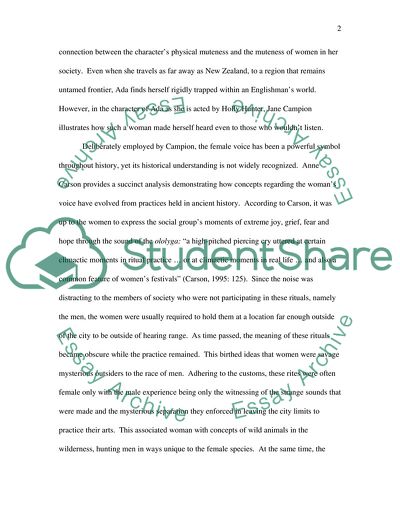Cite this document
(Female Voicelessness and its Expression of Power Case Study, n.d.)
Female Voicelessness and its Expression of Power Case Study. Retrieved from https://studentshare.org/gender-sexual-studies/1737688-reading-film
Female Voicelessness and its Expression of Power Case Study. Retrieved from https://studentshare.org/gender-sexual-studies/1737688-reading-film
(Female Voicelessness and Its Expression of Power Case Study)
Female Voicelessness and Its Expression of Power Case Study. https://studentshare.org/gender-sexual-studies/1737688-reading-film.
Female Voicelessness and Its Expression of Power Case Study. https://studentshare.org/gender-sexual-studies/1737688-reading-film.
“Female Voicelessness and Its Expression of Power Case Study”. https://studentshare.org/gender-sexual-studies/1737688-reading-film.


